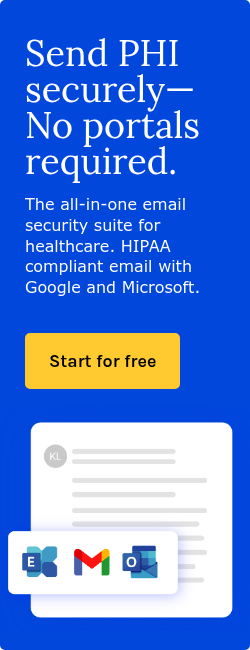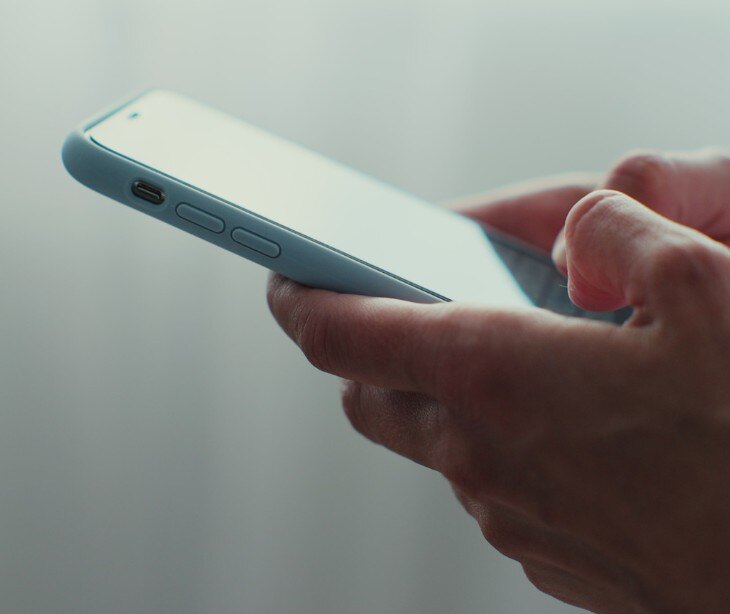
SMS concatenation allows for longer messages to be sent seamlessly as a single text, even though they may technically be split into multiple parts due to character limits. This capability allows healthcare providers to provide detailed instructions, educational health information, or updates about treatment plans in one continuous message.
What is SMS concatenation?
SMS concatenation is the process by which multiple individual Short Message Service (SMS) messages are linked together to form a longer message that appears as a single text to the recipient. When a message exceeds the typical limit, SMS concatenation comes into play. The first message in a series can contain up to 160 characters, but each subsequent message may only have 153 characters available for text.
The missing 7 characters are reserved for a special sequence code that instructs the recipient's mobile phone on how to reassemble these messages seamlessly. As a result, although several messages are technically sent, the recipient perceives one continuous text without any interruption or indication that it was sent in parts.
SMS concatenation and patient engagement
An AHA Journals Circulation study about the use the increasing use of text messaging and its role in patient engagement had the following to say about the connection between the two, “The potential of short message system (SMS) text messaging and other mobile phone-based methods (collectively often called mHealth) to engage patients in their health care has been met with great enthusiasm because of the relatively low cost, transportability, and widespread use of these technologies: More than 6 billion people worldwide have access to mobile phones.”
The practice allows healthcare providers to send more detailed messages that exceed the standard SMS limit of 160 characters. For example, doctors can use concatenated SMS to send complete medication instructions, making sure that patients receive all necessary information in a single message rather than fragmented texts.
The clarity can reduce confusion and provide a medium for the improvement of patient engagement. Similarly, clinics often use SMS concatenation for appointment reminders and follow-up care instructions as a way to provide patients with all the information they need in one message. The approach allows patients to remain well-informed about their care schedule, treatment plans, and any preparatory steps they need to take before procedures or checkups.
With the diversity of languages spoken by patients, it's necessary to communicate in the patient's preferred language to provide an understanding and compliance with medical advice. However, languages that require Unicode encoding, such as Mandarin or Arabic, have a reduced limit of 70 characters per SMS. Concatenation allows for longer messages in these languages.
See also: Top 7 HIPAA compliant email marketing services
How to use SMS concatenation
Understand the character limits
A standard SMS has a 160-character limit. With SMS concatenation, the first message contains 160 characters, but subsequent messages are limited to 153 characters each to accommodate the concatenation headers.
Choose a text messaging provider that supports SMS concatenation
Select a HIPAAA compliant text messaging provider that supports SMS concatenation, so longer messages are correctly segmented and reassembled on the recipient's device.
Plan your message content
Draft your messages with clear and concise language. Even though concatenation allows for longer messages, the content needs to be relevant and straightforward to avoid overwhelming the recipient.
Implement for diverse needs
Use SMS concatenation for various communication needs, such as:
- Appointment reminders: Send detailed reminders that include the date, time, location, and any preparation instructions for the appointment.
- Medication instructions: Provide comprehensive instructions on medication dosage, frequency, and any special directions.
- Follow-up care instructions: Send extended messages detailing post-visit care instructions, rehabilitation exercises, dietary recommendations, etc.
- Educational campaigns: Utilize concatenated SMS for sending longer educational materials or health tips to promote wellness and disease prevention.
Ensure multilingual support
For patients who prefer communication in languages other than English, especially those requiring Unicode (e.g., Arabic, Chinese), be mindful that the character limit per SMS may be reduced. Plan your messages accordingly to ensure that the most beneficial information is communicated effectively within the constraints of SMS concatenation for Unicode messages.
Test before sending
Before deploying a concatenated SMS campaign, test the messages to ensure they are correctly concatenated and displayed on different devices.
See also: What is RCS messaging?
Instant, concise messaging through SMS
SMS is helpful for communication because it allows for instant, concise messaging across various devices without the need for an internet connection, making it widely accessible and efficient for quick exchanges.
Texting is efficient and effective due to its simplicity, immediacy, and wide reach, allowing people to communicate succinctly and directly without the need for prolonged conversations or meetings.
Healthcare provider Englewood Health ran a study that found texting improved patient outcomes. As reported in ROI, "Englewood Health, which used two-way text message reminders for women who were overdue for their screening mammography, found it closed care gaps and improved health outcomes — especially when using a personal outreach approach that specifically targeted patients with a gap in recommended breast cancer screening."
Englewood's chief operating officer and executive vice president of operation stated, "Our success with this campaign demonstrates that, through effective digital outreach, by targeting and personalizing our efforts, we can reengage patients in receiving the care they need, improving outcomes not just for our patients, but for the communities we serve."
FAQs
Can you include PHI in a text message?
Yes, but only through a HIPAA compliant platform
Does HIPAA apply to text messages?
Yes, HIPAA applies to text messages if they contain PHI.
Do you need patient consent to send a text message?
To send text messages containing PHI under HIPAA, getting consent first is preferable unless the patient has initiated the communication.
Subscribe to Paubox Weekly
Every Friday we'll bring you the most important news from Paubox. Our aim is to make you smarter, faster.




